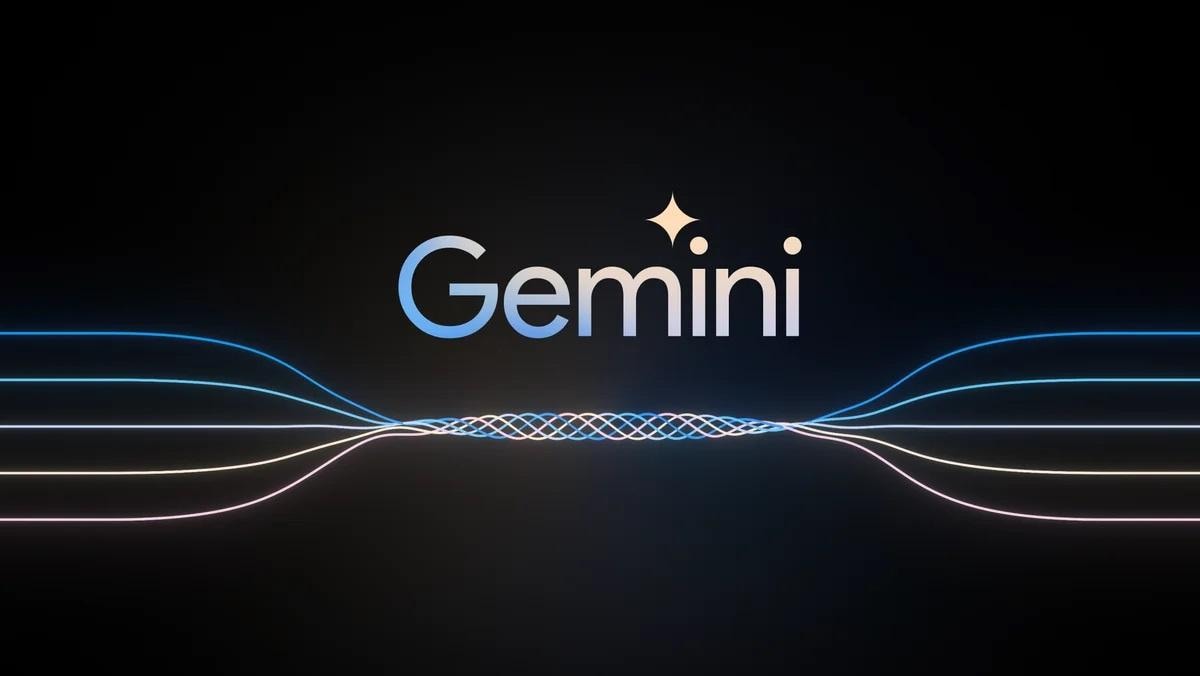With Gemini’s multimodal capabilities that allow it to simultaneously comprehend and utilise data from diverse sources, such as text, images, audio, and video, Google aims to challenge ChatGPT’s dominance in the generative AI space.
So, what is Gemini, and how does it fit into Google’s existing ecosystem? Let us find out:
What is Gemini?
Gemini 1.0 is Google’s latest multimodal machine learning model that can generalise, understand and operate across and combine different types of information, including text, code, audio, image and video.
Unlike traditional unimodal AI systems, a multimodal system such as Gemini is designed to process multiple forms of sensory input simultaneously, similar to how the human brain perceives the environment. Multimodal AI models are trained to integrate and analyse data from multipurpose sources and in various forms, including text, images, audio and video.
This approach allows the AI system to understand the data more comprehensively as it uses multiple sensors to observe the same data.
Gemini’s integration into Google products
Google said that it has optimised the Gemini 1.0 model for three different sizes-
1. Gemini Ultra
Gemini Ultra is the largest and most capable system based on the Gemini 1.0 model, specifically optimised to carry out highly complex tasks such as advanced reasoning, coding and solving mathematical problems.
Google said that the Gemini Ultra will be available to select customers, developers, partners and safety and responsibility experts for early experimentation and feedback before rolling it out to developers and enterprise customers early next year.
The company will launch “Bard Advanced”, an upgraded version of Google’s AI-based chatbot that will give users access to Gemini Ultra’s capabilities.
2. Gemini Pro
The Gemini Pro system uses the Gemini 1.0 model to carry out various tasks, such as planning, reasoning and more.
Starting December 13, developers and enterprise customers can access Gemini Pro via the Gemini API in Google AI Studio or Google Cloud Vertex AI.
Google is also integrating Gemini Pro to the current version of Bard in more than 170 regions and territories. Gemini Pro-powered Bard chatbot will be only available in English as of now, with plans for expansion shortly.
3. Gemini Nano
Gemini Nano has been specially optimised to carry out on-device AI tasks efficiently. Google said it can run offline on Android-based smartphones and other devices.
Google is rolling out Gemini Nano on its Pixel 8 Pro smartphone, which the company says was engineered to run the on-device AI model. Gemini Nano currently powers features like Summarise in the Recorder app and is rolling out in Smart Reply for Gboard, starting with WhatsApp. Gemini Nano power Gboard features will be available on more messaging apps starting next year.
Google has confirmed that Gemini will be available in more products and services like Search, Ads, Chrome and Duet AI in the coming months.
Note:- (Not all news on the site expresses the point of view of the site, but we transmit this news automatically and translate it through programmatic technology on the site and not from a human editor. The content is auto-generated from a syndicated feed.))



